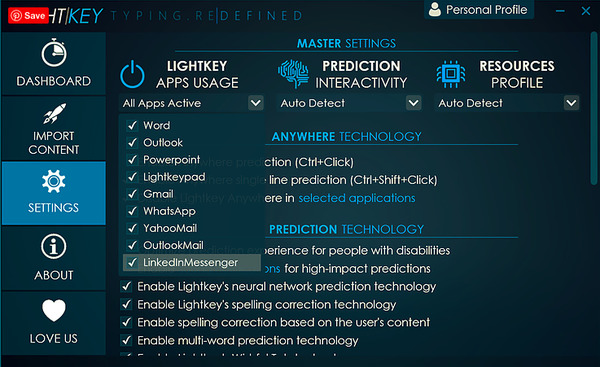
Microsoft has some access software built into the computer’s operating system including TTS and an onscreen keyboard. Some users can rest their hands on the keyguard surface to more accurately locate the keys. In this article, the use of onscreen, sticky or virtual keyboards will be discussed.Ī student may require a keyguard consisting of a metal or plastic plate with punched holes, fitted over the keyboard as it reduces accidental key-presses caused by hand tremor. There is a range of external keyboards, modified and programmable external keyboards. Some will require adapted mice, trackballs, head pointing systems or mini or enlarged keyboards. Some will need some form of special access to allow them to use some computer software. This can be a critical barrier to learning for many students with special educational needs. A student needs good hand control, vision, hand-eye co-ordination, hearing (some programs provide text-to-speech and other auditory feedback) as well as cognitive abilities in order to access most standard and even some special needs software.

The majority of software has been traditionally designed for people who use a standard keyboard, mouse and screen display.

Access to text using virtual and onscreen keyboard inputĭownload this document as an MS Word.


 0 kommentar(er)
0 kommentar(er)
